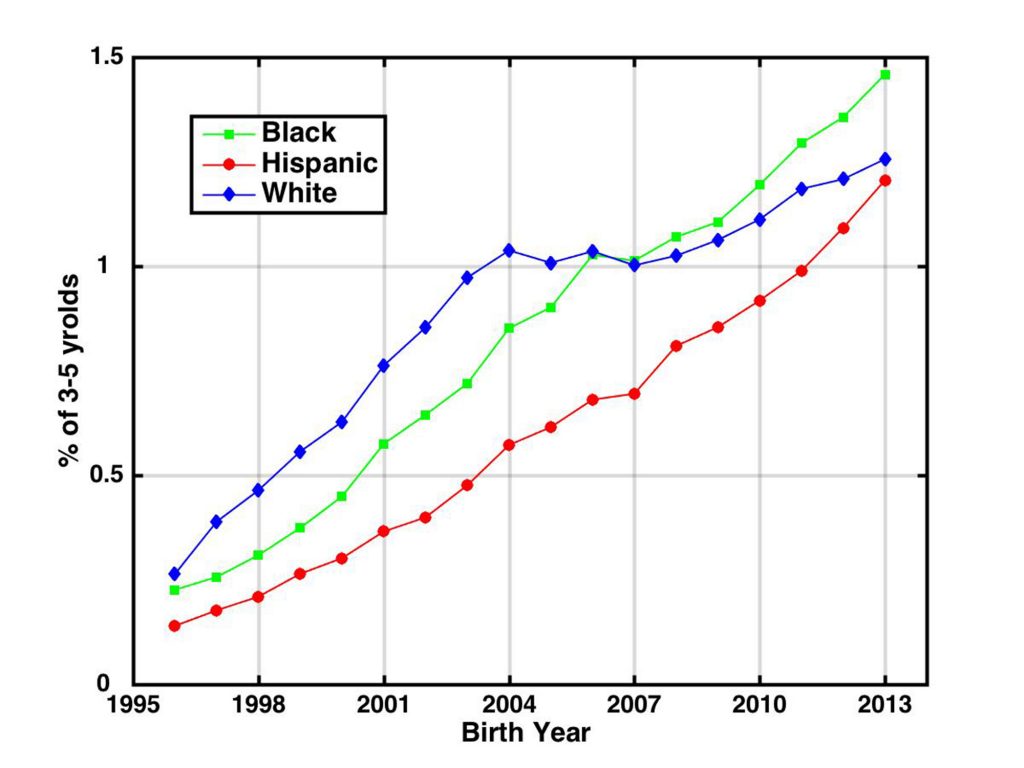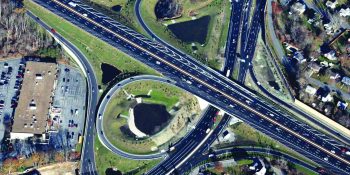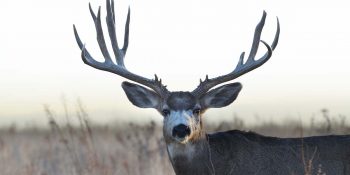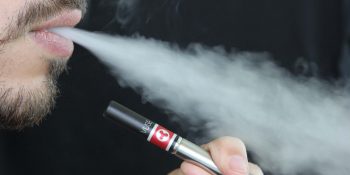Colorado State University’s Salazar Center for North American Conservation is hosting the inaugural International Symposium on Conservation Impact, featuring former U.S. Interior Secretary Ken Salazar, Colorado Gov. Jared Polis, CSU System Chancellor Tony Frank, and a broad range of conservation experts from Canada to Mexico.
The symposium is set for Tuesday, Sept. 24, the first day of the 2019 Biennial of the Americas Festival, at the McNichols Civic Center Building in downtown Denver. It will convene thought leaders in conservation policy, practice, and research around the theme of landscape connectivity across the continent and will establish a forum to track, incent, recognize, and reward progress on conservation challenges in North America.
The Center also will announce a significant competitive prize for conservation impact at the symposium.
“In the face of global warming, the alarming disappearance of biodiversity and healthy connected ecosystems, and a growing world population that now exceeds 7.5 billion people, the Center looks to invest in cutting-edge ideas and world-class conservation leaders to pioneer projects that address these increasingly urgent challenges. These approaches are needed today more than ever,” said Beth Conover, director of CSU’s Salazar Center for North American Conservation.
Symposium focus
With its continent-wide focus on landscape conservation and connections across borders, the symposium will bring together a range of stakeholders from the United States, Canada, and Mexico to build bridges between academic research, on-the-ground practice, and policy in the conservation space.
Recognizing that conservation efforts must also engage the interests of a broad and inclusive set of constituencies in order to be successful, the Center aims to bring more and new voices into the conversation, including many of whom have previously been unheard or excluded.
The Salazar Center’s efforts are bolstered by its home within CSU. A land-grant institution, CSU is a respected leader in environmental and conservation research and is recognized for its preeminent conservation programs and interdisciplinary strength.
The Salazar Center has seeded partnerships with a robust community of faculty and staff who are working on conservation-related issues, and this network continues to grow. The Center will ultimately be headquartered at CSU’s complex at the National Western Center, an unprecedented space for researchers and stakeholders from various backgrounds and from around the world to collaborate on issues at the intersection of water, food, sustainability, and human and animal health.
Speakers and tickets
Keynote speakers and panelists at the symposium will include: former U.S. Interior Secretary (and Center namesake) Ken Salazar, Colorado Gov. Jared Polis, Denver Mayor Michael Hancock, CSU System Chancellor Tony Frank, CSU President Joyce McConnell, Gary Tabor (Center for Large Landscape Conservation), Cristina Mormorunni (Wildlife Conservation Society), Mark Anderson (The Nature Conservancy), Ruth Musgrave (National Council of Environmental Legislators), Loren Bird Rattler (Blackfeet Nation), Exequiel Ezcurra (University of California Institute for Mexico and the United States), Eli Enns (Iisaak Olam Foundation), and Leigh Whelpton (Conservation Finance Network), with additional speakers to be announced soon.
The symposium and incentive prize are made possible with support from the Trinchera Blanca Foundation, an affiliate of The Moore Charitable Foundation, founded by Louis Bacon; CSU; the Biennial of the Americas; the Center for Large Landscape Conservation; the Bohemian Foundation; the Kendeda Fund; Denver Parks and Recreation; New Belgium Brewing; and a number of generous individual donors.
Tickets are available at regonline.com/conservationimpact2019.
About the Salazar Center
CSU established the Salazar Center for North American Conservation in 2017 with help from former U.S. Secretary of the Interior Ken Salazar, and with a significant gift from the Bohemian Foundation and support from CSU alumni Patrick Phillips.
The Center, housed in CSU’s School of Global Environmental Sustainability, seeks to build bridges between science, practice, and policy that will inform conservation decisions for years to come.
For more information, contact Catie Boehmer at .
SPREAD THE NEWS
COMMENT, Like, Follow & SHARE @I70Scout
CURRENT EDITION
WEATHER & TRAFFIC PUZZLES RECENT NEWS ADVERTISE WITH US







